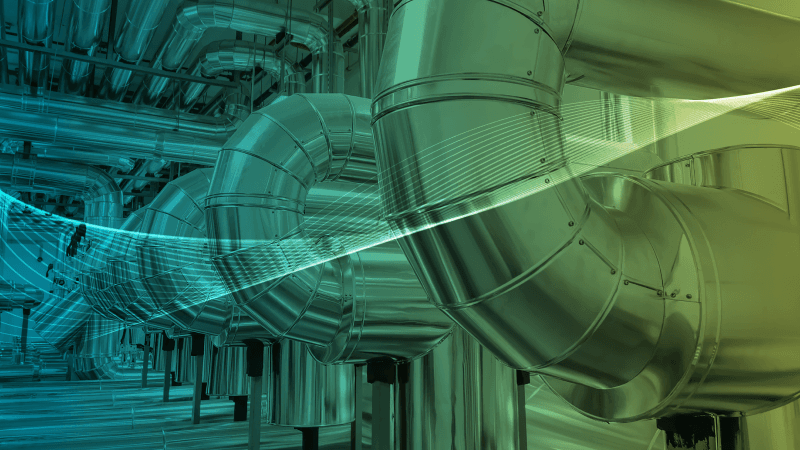Technology

Technology
Home Technology
Eurovent is organised into sectoral expert groups focussed on certain products and technologies. These so-called Product Groups bring together manufacturers of those specific technologies, which cooperate to shape and develop standards, legislation, and industry codes of good practice in their sector. Manufacturers within Product Groups:
- Actively participate in the development of European (e.g. Ecodesign) and international legislation
- Join forces to develop ‘codes of good practice’ for the industry (known as ‘Eurovent Recommendations’), which later find their ways into standards and legislation
- Share their expertise across borders, contributing to a true level playing field and markets with fewer barriers
- Meet up with their colleagues from around Europe and beyond, to elaborate on developments within their markets
Overview of Eurovent Product Groups
These Product Groups are supported and supplemented by committees that work on cross-sectoral issues that affect the industry at large.